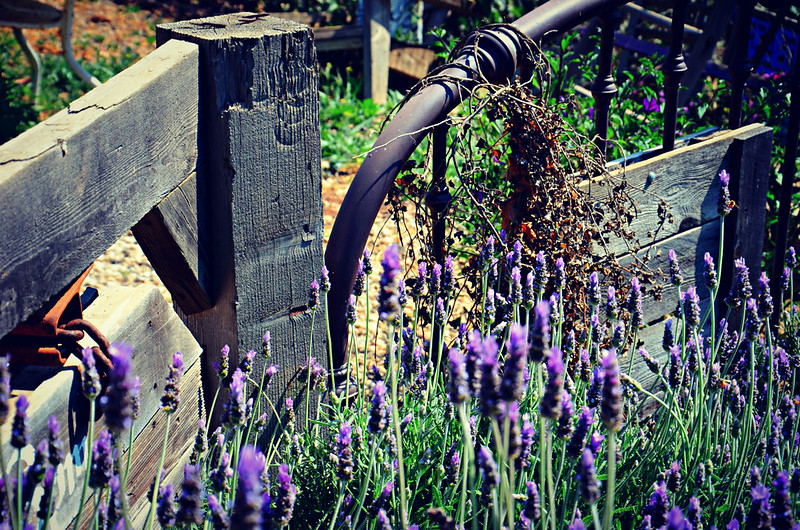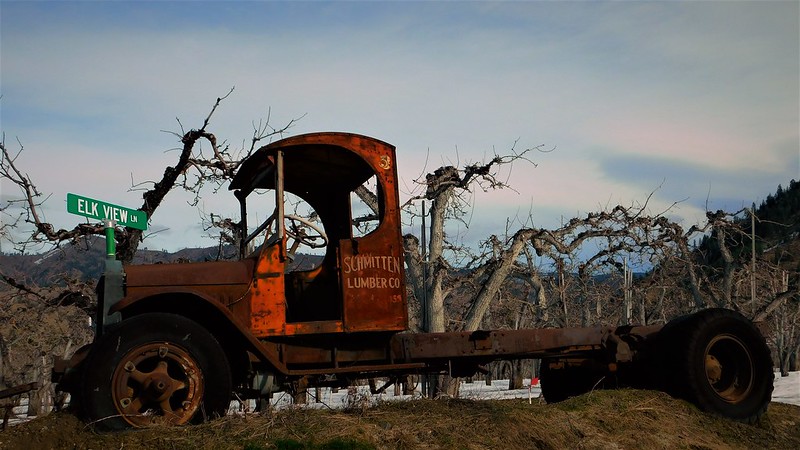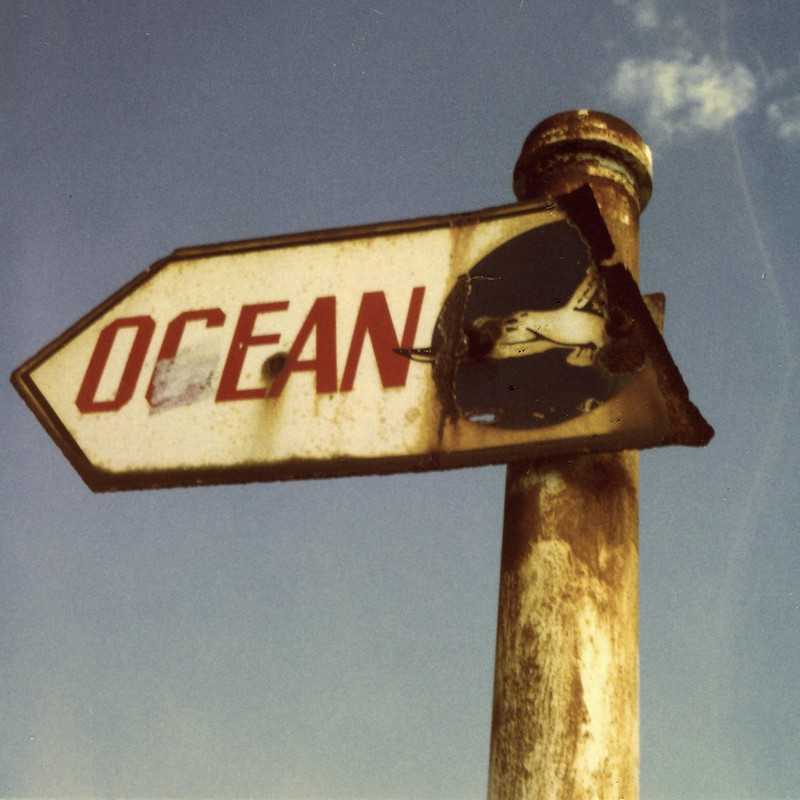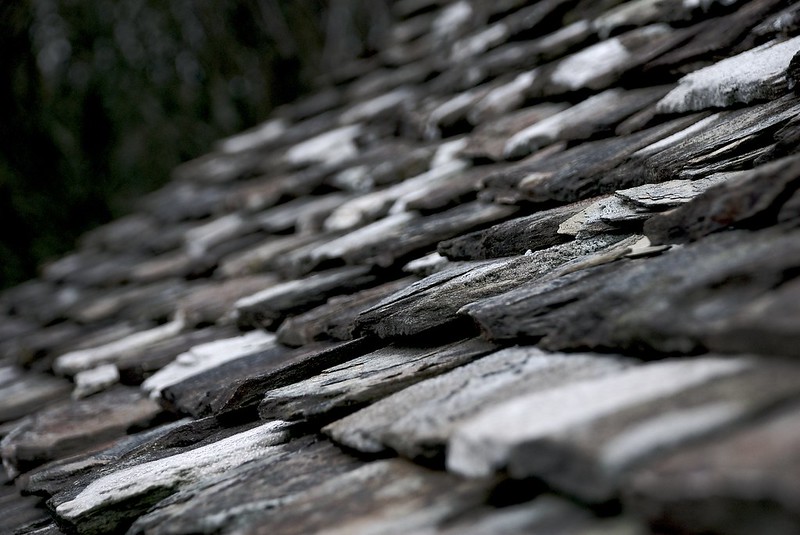
BEYOND STUFF-LOVE (Part 4): On Wabi-Sabi
As a Perfectionist in remission, I am here to tell you that wabi-sabi — a Japanese way of seeing the world — works as an antidote to the never-good-enough, shiny-new-thing madness induced by the classical hyper-focus on perfection and the kind of seamless orderliness that arises from the mathematical, mechanical precision that evolved in the super-industrialized Occidental West where more is always better.
I grew up in a pineapple plantation camp on Molokai. Many of my neighbors were Issei, first-generation immigrants from Japan, who brought it with them from their homeland. I was marinated in wabi-sabi.

The place was small and choices were limited and perhaps that is why we were often able to see and appreciate how the passage of time allowed the things, people, and places in our lives to more fully become what they intrinsically were.

Joys and sorrows, laughter and tears mingled and they were…well, messy.
OLD-STYLE GETTING REFURBISHED
I’ve been wading through various opinion and think pieces by designers and wanna-be arbiters of taste and various modes of self-improvement that tout wabi-sabi as the latest flavor of minimalism – this one with a sushi sort of flavor or something.
The postures adopted by the most earnest of the listicle post blog writers are sprinkled with a mystical sort of umami flavoring as they try to explain how we can bend our Stuff-Love towards an appreciation of the beauty of the imperfections and flaws of Life-Its-Own-Self that evolved in the Oriental East.
It’s the latest way to get to happy, they say. Wabi-sabi is “living the perfect imperfect life,” several of them said.
All we have to do, of course, is buy (or keep) the Right Stuff.

YEAH, RIGHT….
This emphasis on copying the outer forms of the wabi-sabi mindset reminds me of a journey I watched a young relative make during her first few years on-island.
Rosie relocated to Hawaii after spending most of her childhood in the Mainland USA. Upon her arrival on the island she was able to indulge in immersing herself into one of the root cultures of this place that held great meaning for her.
Her spare time was taken up with learning how to paddle a canoe and what it was to really dance the hula. The transformation was lovely to see.

The dance the sisters and their mom did was painfully correct, a novice effort done with great enthusiasm and a focus on getting all the moves just right. They did the moves well, but the kaona, the metaphors and references to the hidden meanings behind the words of the song, were missing somehow.
They did get points for trying, but when a real hula dancer took the stage, the movements she made evoked emotions that transported the audience to a different place.
The dancer showed Rosie where the dance could be taken and it inspired her, I think.
She was accepted into one of the best of the more traditional hula halau (schools) on the island and quickly immersed herself into that world of dance.
The next time I saw Rosie dancing on the stage I could see the difference in the way she moved. The stiffness and rigidity was gone.
Her body was beginning to flow with the rhythm of the music and her understanding of the words of the song and of life in the islands had deepened enough to show in her movements.
Rosie was not Miss Aloha Hula material by any means, but she had taken the understanding and knowledge she had gained down into her bones and it came out in her dance. It was most beautiful to see.

FORM AND FEELING
“Form” is one of the big deals of designer-maker mindset. The word has two meanings.
One refers to the physicality of an object – what it looks like and how your body’s senses react to it — the way an object physically looks and feels and tastes and smells and so on.
The Artful Dodger meaning is more esoteric. It refers to “the shape among the various elements” that make up the construct. The various elements of an art piece build up a framework for meaningfulness that can morph, depending on the context into which these elements are placed.
All of that blather just means that the “meaning” of a construct, like its beauty, is in the eye (or ear or nose or tongue or skin) of the beholder. You have to add body English to it.
This is why some pieces of art, music, dance, literature, fashion, cooking, gardening and all the other bits of possible human expression speak to you and others just don’t.
Your enjoyment of the various kinds of human expression you encounter really does arise out of what you bring to the experience — your values and your mindsets — and that enjoyment doesn’t really depend on the work itself.
This is probably one of the reasons why designers tend to expound on their truth that your mindsets can be affected by the stuff with which you surround yourself.
It’s also why wise guys and deep-thinkers all through history keep on telling us that how we see the things that surround us depends on the quality and strength of our own hearts.
All of that is true.
However, adopting wabi-sabi thingy-ness and wabi-sabi stylings won’t actually get you to your happy place without the application of your attention and mindfulness, your body-wisdom, and your heart.

WABI-SABI LIFE ACTION
This 2018 YouTube video, “Heart and Mind” was published by Green Renaissance. It provides, perhaps, an understanding of the kaona (inner meaning) that underlies the wabi-sabi way of walking.
The video features Eduardo Shimahara, a Brazilian micro urban farmer and former mechanical engineer, who is also the founder of the Sustainability Institute, an international living and learning center connected with the University of Stellenbosch in South Africa.
“Green Renaissance” started out as a collective of four young South African filmmakers who put together video stories of “real people doing amazing things.” The films are their “passion projects” created between their paying gigs and are partially funded by donations from people who join their Patreon campaign.
They are doing some amazing work.
My own feeling is that Shimahara and the Green Renaissance makers are living wabi-sabi, patching together the bits and pieces of their lives that resonate with their hearts and making contributions to the world that are uniquely their own.
It feels like a good thing.
ONE MORE TAKE
Wabi-sabi is not really just a quintessentially Japanese cultural thing. It is, perhaps, a universal human truth…one we may have lost sight of in our race towards wherever we’re going.
One fascinating YouTube video, “Heart Mind Coherence,” published by Ancient Explorers in 2016, features best-selling author, scientist, scholar and human potential maven Gregg Braden.
In it he explains a little bit about how our brains and our hearts are intrinsically connected and how we can affect the world because of it.
Basically, in the video, Braden reiterates the old wise-guy wisdom that what we feel and believe about the world is what we will see in it. It is one of Braden’s most consistent messages – in his talks, in his best-selling books, and in his consultancy practice with many international corporations.
FINAL THOUGHTS
I bet, after all that (if you don’t already know), you’re scratching your head and asking “So…what IS wabi-sabi, Netta?”
Click on the button below for one of the most right-on explanations of it that I’ve seen – an updated version of a 2018 post by BBC contributor and travel writer Lily Crossley Baxter. It explains it a lot better than I can.
I started this post with the confession that I suffer from PPS (Perfectly Perfect Syndrome) that has been the bane of my life. I am addicted, it seems, to trying to reach new heights of Perfectness and taking everybody else along with me.
This led to all kinds of interesting lessons for me and, for a time, also led to my being widely known as a Perfect Bitch.
It took me years to re-learn wabi-sabi’s basic precepts, as delineated by Richard Powell in his book, WABI SABI SIMPLE: Create Beauty. Value Imperfection. Live Deeply:
- Nothing lasts.
- Nothing is finished.
- Nothing is perfect.
As they say, I am still learning.
Here’s a poem:
MELANCHOLY
Melancholy feels like an empty space.
I feel melancholy when I am alone,
Saddened by an absence…
The empty space where you used to be,
Sitting there smiling,
Cracking another silly,
Waiting with your strength
To cradle me in my weak times,
Waiting with your weakness
To fill my arms in my strong times.
I feel melancholy when I hear
The echoes of your stories,
The telling of your days
That ring through my heart
And fills my head
With yet another realm I never knew
Except when your words
Took me flying through them.
I feel melancholy even though
I’ve learned how to be happy
With just me
Because, you know,
Leaning always feels better
When there’s somebody leaning back.
By Netta Kanoho
Header photo credit: “Enter by the Narrow Gate” by Sharon Tate Soberon via Flickr [CC BY-ND 2.0]
…..
SOME OTHER POSTS TO EXPLORE:
(Click on each of the post titles below and see where it takes you…)
…..
Thanks for your visit. I’d appreciate it if you would drop a note or comment below and tell me your thoughts.
16 thoughts on “BEYOND STUFF-LOVE (Part 4): On Wabi-Sabi”
Sweet explanations of the Wabi-Sabi. I love the poem about Melancholy, too. I’m not sure how serious you were about the “Perfect Bitch” phrase, but I think it can be very fitting for people who like to make things as perfect as possible. Whenever I hear the word “perfect”, I always think of that line from Mary Poppins when they measured here and it came up, “Mary Poppins, Practically Perfect in Every Way!”
We really are never finished, are we? Even when we die, our body can feed the creatures that come after us. Our work, can live on way past us. I work for a newspaper and I always teach our interns or new employees that we are recording history!
I guess I always felt like I liked my “stuff”, but that for the most part, if I was separated from it, I could easily go on. Not so much from the important people in my life, though. In my life, the right stuff has always been the people that are a part of it.
Best wishes and I look forward to reading more.
Karin
Karin, thanks for your visit and for sharing your thoughts. I especially like your thought about people being your “right stuff.” YES!
As for the “Perfect Bitch” thing, I am at least half-way serious. As you say, we sure don’t ever finish our finishing (until we are finished, I suppose).
I kinda like Mary Poppins as a model. Hmmm….
Please do come again….
Thoughtful. But I find part of me refuses to accept the concept. Well as you say. Work in progress…
Thanks for your visit and for your thoughts. We are, all of us, on the road to better, I suppose. We keep on….
Please do come again.
I heard this for the first time during this pandemic. This ancient aesthetic philosophy is interesting. And the first thing that caught my attention how they admired simplicity. For example, bowls that were handmade and irregularly shaped, with uneven glaze and cracks were considered beautiful. So different from us here in the West.
Ann, thanks for the visit and for sharing your thoughts. I’m glad you found the post interesting.
I think, perhaps, this time of the pandemic gave us in the West a chance to pause and think again about how we are ignoring the effects of time and entropy in our ways of walking. That is a very good thing, I say.
Please do come again.
I grew up in South Africa as part of a big family, where nothing was ever wasted, and never food. We always had to make do with what we had, including passing on clothes to siblings, making our own toys and much more. So I love the concept of wabi-sabi and going back to the simple things in life.
Rosie’s dancing transformation really resonated with me, and how she was using the knowledge she had gained in her hula dancing. As a South African that studied at the University of Stellenbosch, I will certainly have a much closer look at the “green renaissance” and their work.
Thanks for sharing your thoughts, LineCowley. As always, they add to the breadth of the post. Thank you.
I do urge you to check out Green Renaissance. I think the films are extraordinarily heartful.
Please do come again.
So many things I could relate with just a few years ago.
I grew up in a not-rich-not-poor family, but now that I’m a grown person, I always felt like we were surviving more than living, just because of the mindset. Even when in reality it wasn’t that bad.
I’m still struggling with that part of not wasting anything, including time. Even when I’m on a holiday, I want to use every single day of it. If I sleep longer I feel like I’ve wasted my whole day I could use on enjoying at the beach, for example.
Thank you for sharing this article with us.
Alisa, thanks for the visit and for sharing your thoughts. I understand your feeling that the “making-do” you and your family experienced was just a part of surviving and not really thriving.
In my post, I posited “wabi-sabi” as an antidote to perfectionist tendencies. Your comment pointed me to another possibility: that my former perfectionism may have been a reaction to all the early wabi-sabi of my life!
Cool! What a mind-bomb! Thank you!
Please do come again.
I’m glad my comment led you to think in another direction. See you around, of course!
Deal!
A pineapple plantation on Molokai, wow! I loved Rosie’s story and the feeling of being better for yourself. Melancholy poem was really good too, but I like the last part and part of Wabi-Sabi was to “live deeply.” 🙂
Kimberly, I do thank you for your visit and for your kind words. I appreciate it.
Please do come again.
I enjoyed reading your article and I know from the style and content that this was not prepared by AI. AI could not have communicated the same points in such a concise and descriptive way.
I would like to follow up and discuss the next stage of your posting about the ideal life and idyllic life. Also the presumption is that different national characteristics will apply in terms of the online audience worldwide. Does your article translate into other languages, and if so, I imagine you use an interpreter rather than AI to do it.
What an intriguing question, Alan. I have no idea.
I do like that you can tell I’m not a robot. I’m just a bard doing my bard-thing.
Please do come again.